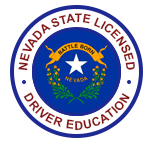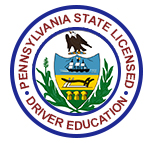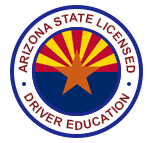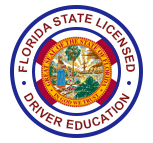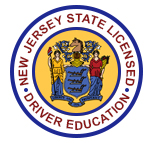New Drivers and Our Future
Drivers ed Initiative Award – Summer 2019

Name: Sara Delaney Moore
From: Chester, Virginia
Votes: 47
In
Virginia, at the age of fifteen and a half, hoards of students race
to their local DMV with proof of residency and ID cards in hand ready
to take their learner’s permit test. For many, this will be their
first exposure to the driving world. Plenty of students at this point
have just reached the end of their freshman year, or they are just
beginning their sophomore year of high school. The required classroom
drivers ed doesn’t begin until sophomore year of high
school as a part of the physical education curriculum. Once a student
passes the DMV learner’s permit test, despite some not having any
knowledge concerning driving, students are allowed behind the wheel
with a parent or guardian in the passenger’s seat. This usually
results in, by the parent, white knuckles and a hole torn into the
car’s rug from the extensive use of the invisible break.
Not
only is this strenuous on the parents’ behalf, but for other drivers,
sharing the road becomes extremely dangerous. According to State Farm
Teen Driver Safety, 56% of teenagers rely on parents to teach them
how to drive. As a licensed driver, I recommend that we revise the
process of teaching and educating new drivers to better improve
driving conditions and overall road safety for everyone.
To
make our roads safer than ever, students should be required to
complete classroom education before being able to complete the DMV
test. Once completed, the student should not be allowed behind the
wheel before having been administered a behind-the-wheel course that
teaches them how to drive with the guidance of a professional. After
the behind the wheel course is taken, then require the forty-five
hours of permit driving with a parent in the passenger seat. Then
once they have progressed this far, allow them to take the DMV
driver’s license test. If we continue allowing students to drive
before they even are taught the basics, our roads become even more
crowded with what some call idiots and what causes road rage.
33%
of deaths in teens are caused by motor vehicles. From the moment we
are driven home from the hospital after our birth, our number one
mode of transportation is the road. We share it on a daily basis and,
as new drivers, we must come to respect it. Drivers Ed
classes inform the students how to drive, but they also teaches the
risks of the task. It became apparent to me the amount of
responsibility I would take on when my teacher told me that it was
more dangerous to drive than it was to fly in a plane. At the time, I
considered it all scare tactics, but now after driving on my own for
about four months, I know the reality. Drivers ed schooled me.
I realize that practice doesn’t make perfect; it makes permanent. If
a student is taught how to drive in a logical and functional order,
they are taught the risks and can get an education that will prevent
bad habits.
Interested in Licensed Drivers Ed Online? Select Your State Below and Start Today!
Interested in Licensed Traffic School Online? Select Your State Below and Start Today!



